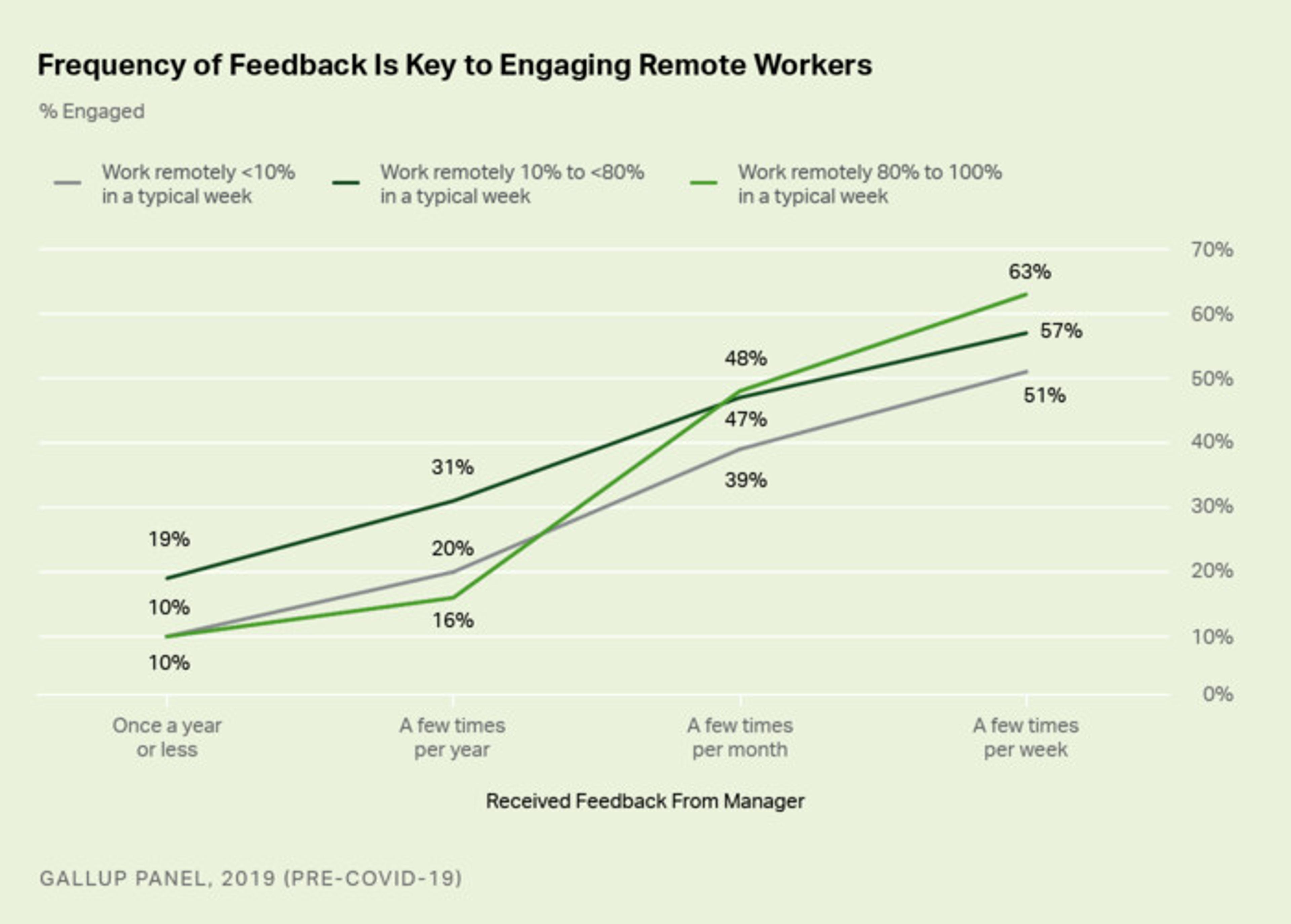
Before the global Covid-19 pandemic, many people asked “how could anyone work remotely from home?” Dogs barking, kids pooping in their pants, cereal bowls flying through the air, spouses walking in the background of a Zoom call without their shirt on, the cat catching on fire, and all kinds of random home-life occurrences that make remote work seem impossible for many.
Well, a global pandemic introduced millions of people to the remote work experience; for better or worse. Some digital development companies, like ScreamingBox, have been doing remote digital development and on-site work for many years and have developed numerous techniques and strategies for getting the best performance and results out of remote working.
Remote is Not Off the Planet
FACT: One of the most important aspects of any business is it’s people, and how they are treated by the management of the business directly determines their performance and quality of work.
Although this article is about remote workers, many of the things we discuss in the article can be applied to on-site/local workers (although during a global pandemic most workers are remote). Remote workers may not be local, or they may now be local; but the fact that they are not sitting in the same workplace as you and other workers doesn’t mean that they should be treated like aliens from another planet.
For many businesses, the remote factor has now been reduced down to a minor inconvenience of not being able to just walk over to their desk and start talking with them, since remote tools such as Zoom calls and Slack chats make communication relatively easy. The bigger inconvenience might be timing of communication across time zones, but that is an issue for most multinational corporations and businesses. The main issues with remote developers and workers is not communication mechanisms, but how management is communicating the important messaging about the company’s vision, the performance, and role of remote developers and workers.
It’s Complex

With remote developers and workers, two of the main challenges is keeping them happy and motivated, while at the same time making sure they don’t burn-out from the workflow and requirements of their work or projects.
One of the traps that managers and leaders often fall into, is that of thinking that remote developers and workers don’t need as much engagement and contact. Over the long-term this is simply not the case, and even for short-term projects and workers it is important to have the right engagement in order to get the best quality, performance and velocity from remote developers and workers.
Recent Gallup polling of remote work found several interesting facts concerning engagement:
1. Remote developers and workers can have higher engagement than in-office workers – when they receive frequent feedback from their managers.
2. Employee engagement is based on 12 discrete workplace needs — among them, feeling cared for, getting to do what you do best, having opportunities to learn and grow — and managers usually control the mechanisms of those elements.
3. All workers have the same 12 needs; age has nothing to do with engagement. But older workers have had time to work their way toward a job — or more accurately, a manager — that engages them and enables them to do what they do best every day.
4. Although leaders may fear being micromanagers, most employees receive far too little feedback and even those who receive negative feedback would prefer to get more.

It is clear from the above survey results that there are real benefits from having a high level of engagement with your remote developers and staff. Happy and engaged workers perform better and have high quality work.
Management’s engagement strategy with remote developers, workers, or out-sourced remote workers needs to be one of providing high engagement with a consistent flow of feedback, vision messaging, and making them feel like they are being taken care of and that their relationship is valued by management.
No Need for Burn-Out

On the other side of engagement, is that of burn-out. Burn-out occurs when workers feel overloaded, unmotivated, unappreciated, and/or unheard by management. This can occur if the remote developer or worker has little or no engagement from management and no feedback or communication loop exists between them and management.
Gallup polling in 2020 of remote works found some valuable data concerning burn-out:
1. Management has a stronger influence on burnout than hours worked.
2. Prior to 2020, 76% of employees said they experienced burnout at least sometimes at work. Since the pandemic, many employees have seen a rise in burnout risk. But Gallup research reveals that it’s not just about working long hours. When employees are inspired, motivated, and supported in their work, they naturally do more work and that work is significantly less stressful.
3. Workplace burnout is reduced to near zero among engaged employees with high wellbeing who also work in a culture that honors individual strengths.
4. If leaders have learned anything in 2020, it is that employee wellbeing is an essential factor in business survival. If your people aren’t healthy, both physically and mentally, you won’t succeed. Gallup has found that employee wellbeing and engagement are highly reciprocal (influencing each other) and additive (boosting each other). When employers support wellbeing, they support their employees’ engagement, performance, and productivity as well.
The take-away from this is that engaged remote workers are happy workers who achieve more, work more, and suffer from less burn-out.
Engagement Strategy

At ScreamingBox, we are very focused on making sure our remote developers and staff have lots of engagement and access to internal management and the management of our clients.
The main parts of our engagement strategy consists of:
1. Our ScreamingBox Personality Behavior Analysis (PBA) process looks at a person’s communication characteristics, work style, and personality traits; and we do this with not just our developers, but with both internal and client management. This allows us to make sure that all team members have the optimal engagement characteristics with our clients and management.
2. Open access to all levels of management within the company. Our developers can talk to any one within our organization for any reason, and we have built in to our processes that we are always contacting our developers to give and get feedback on the projects, client relationships, and challenges they face.
3. Make time for non-work communication, including virtual water cooler meetings, so team members have time to talk about life, the universe, and everything.
4. Retrospective meetings at various process points to both provide and share feedback and discuss with all team members what they did well and what can be improved upon.
5. Scheduled one-on-one calls between management and remote team members, these calls allow for a direct connection between management and remote workers. On these calls management discusses the vision of the work and the relationships and challenges with any aspect of the development project or team, and feedback is given from both sides.
6. Meeting balance is critical, nobody wants to be on too many calls. The engagement strategy needs to be well thought out as to not overwhelm everyone with too many calls or communication points. Management needs to be very aware of how much and what type of engagement is needed for all team members.
7. Utilize different communication channels for engagement, since all our developers and workers are remote, and sometimes spread over several time zones, it is important to use several different communication platforms for engagement. This allows flexibility on both sides and that, in turn, allows for easier communication.
8. We work with our clients to educate them on how to increase engagement directly with our team and how to make sure they communicate to the team that they are respected and appreciated during the easy and the difficult parts of a project.
Summary
How remote developers and workers are treated by the management of the business or by the client directly determines worker performance and quality of work.
Making the extra effort to increase engagement and make sure remote developers and workers have regular communication and feedback will pay big dividends in performance, quality and profitability.
If you would like more info about working with remote developers or workers, please feel free to contact ScreamingBox for free consultation at: https://www.screamingbox.net/contact-us or marketing@screamingbox.com
ScreamingBox's digital product experts are ready to help you grow. What are you building now?
ScreamingBox provides quick turn-around and turnkey digital product development by leveraging the power of remote developers, designers, and strategists. We are able to deliver the scalability and flexibility of a digital agency while maintaining the competitive cost, friendliness and accountability of a freelancer. Efficient Pricing, High Quality and Senior Level Experience is the ScreamingBox result. Let's discuss how we can help with your development needs, please fill out the form below and we will contact you to set-up a call.